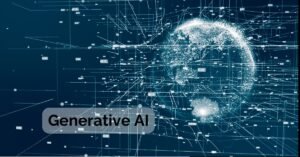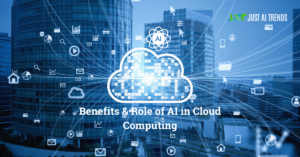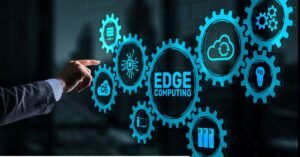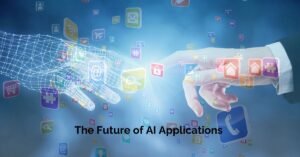
August 7, 2024

Artificial Intelligence (AI) has rapidly evolved from a futuristic concept to a tangible reality, permeating various sectors of society.
The realm of education is no exception. While AI promises to revolutionize teaching and learning, it also presents significant challenges.
This article explores AI’s potential benefits and drawbacks in education from an educator’s perspective, offering insights into how this technology can be harnessed to enhance classroom experiences while mitigating potential risks.

As AI becomes increasingly prevalent in education, ethical considerations must be at the forefront. Educators must be mindful of the potential biases inherent in AI algorithms and work to mitigate their impact.
Additionally, it is essential to promote digital citizenship and media literacy among students to ensure responsible use of AI technologies.

To illustrate the points made in this article, let’s explore some concrete examples and case studies:
AI can potentially transform education for the better, but its successful implementation requires careful planning and consideration. By understanding both the benefits and challenges, educators can leverage AI to enhance student learning while mitigating potential risks. It is essential to approach AI as a tool to augment, rather than replace, the human element in education. By fostering collaboration between educators, technologists, and policymakers, we can harness the power of AI to create a more equitable, effective, and engaging learning environment for all students.








@2023-2024-All Rights Reserved-JustAiTrends.com